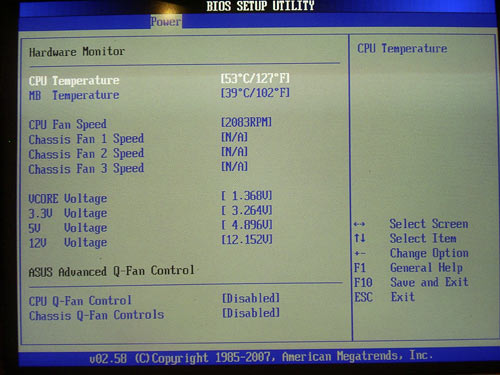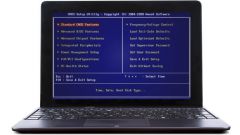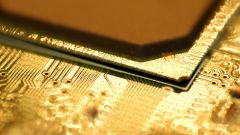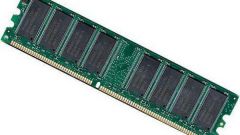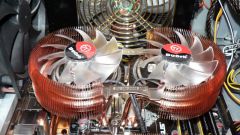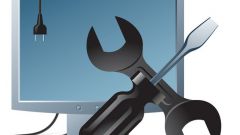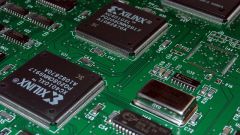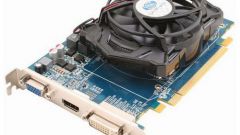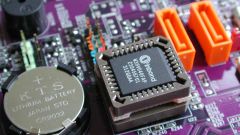Before trying to configure the bios, backup your important documents and other data located on the computer. Careless manipulation of the bios can end fatally.
- First of all, you need to open the bios setup menu. To do this, press several times the key menu access the bios at the moment after self test of the computer immediately after switching it on) and before loading the operating system (the appearance of the four-color Windows flag). Pressing the access key is usually Del or F2. Usually on the screen after the test system is displayed in a tip — by pressing some key to enter bios.
- In the boot tab you can specify the order in which the system polls the drives at boot. For example, to install the system, you usually have to boot from the CD drive, and during normal operation of the better off to protect against viruses and other malicious software that may be installed on the disc. First boot is produced with First Boot Device.
- In section Power management of the CPU cooler and case (para Hardware monitor). It is recommended to enable (Enabled) the control of all coolers (CPU Fan and Chasis Fan) and the Fan Profile set to Optimal. This will help avoid overheating and system failure of the processor or volatile of his work.
- In the section Boot Settings Configuration you can disable Full Screen Logo (Disabled) — then when you boot instead of the manufacturer's logo will be visible to more meaningful information about the results of testing the system.
Of course, it is possible to configure the bios in many other settings, however, we emphasize again the seriousness of any transactions with the BIOS. As a rule, most of the bios settings in an optimal way, providing if not the most productive, the most reliable operation of the system.
